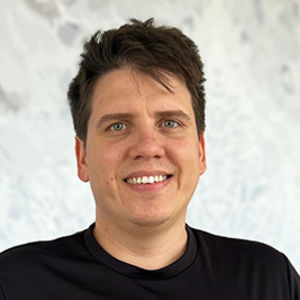
David Guinovart, PhD
David Guinovart is an accomplished Assistant Professor at the Hormel Institute, leveraging his extensive background in mathematics and computer science to pioneer advancements in bioscience research. Originally from Cuba, David attained his Bachelor's in Mathematics from the University of Havana before pursuing his passion further at the University of Central Florida, where he earned his Ph.D. in Applied Mathematics.
David's academic journey has been marked by a profound dedication to mathematics and its intersection with various scientific disciplines. His research is centered on the intricate mathematical modeling of critical areas within bioscience, notably focusing on epidemiology, cell proliferation, and material science. Having shared his expertise as a mathematics professor at esteemed institutions like the University of Havana, University of Central Florida (UCF), and the University of Delaware, David's true zeal lies in groundbreaking research.
The unique opportunity at the Hormel Institute has allowed David to synergize his mathematical prowess with cutting-edge resources, including state-of-the-art datasets and insights into cancer research. His role not only involves spearheading personal projects but also extends to supporting fellow faculty members, thereby contributing significantly to the institute's overarching mission.
Personal interests and hobbies
Beyond his academic pursuits, David finds solace and rejuvenation by the seaside, drawing inspiration from his Cuban roots and cherishing moments spent by the ocean. An avid traveler, he and his family have explored numerous states across the US and ventured into Europe, driven by the desire to share the richness of diverse cultures with his child. Witnessing different ways of life and embracing cultural diversity is a priority, as it fosters a deep appreciation for global unity and understanding.
Education
- PhD: Applied Mathematics, University of Central Florida
- Bachelor’s degree: Mathematics, University of Havana
